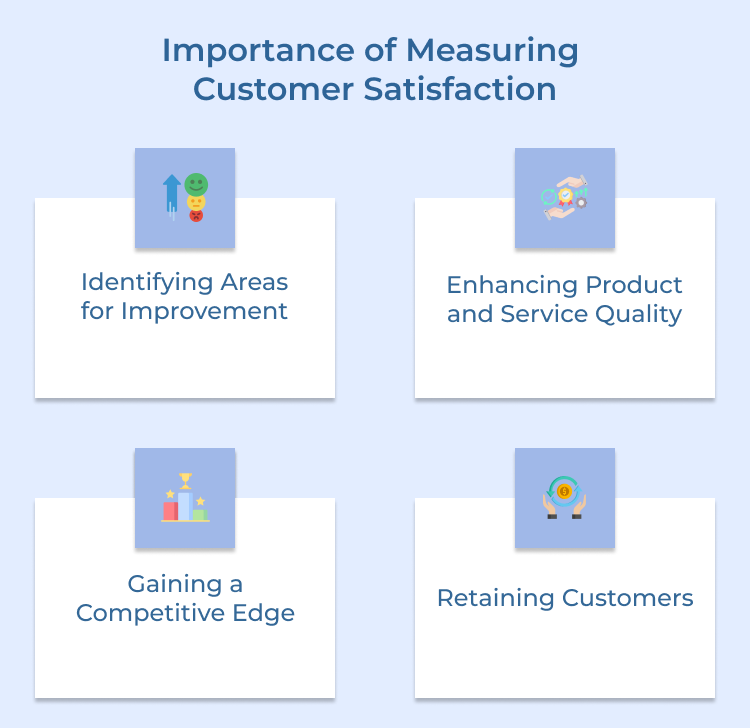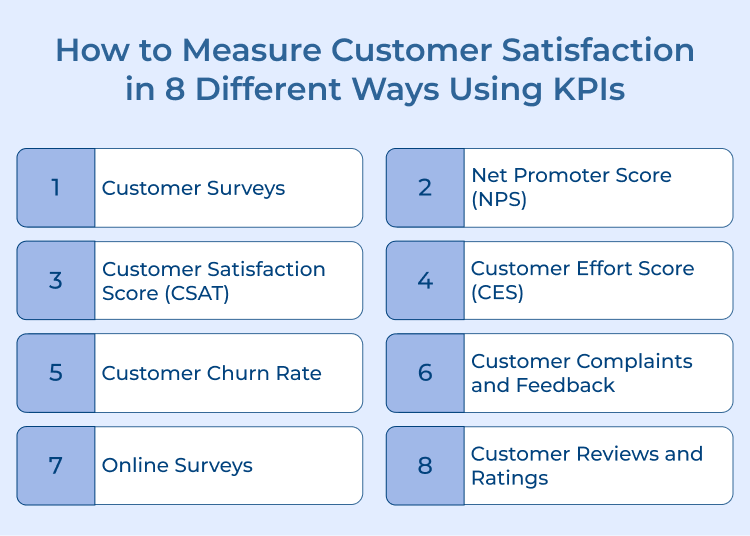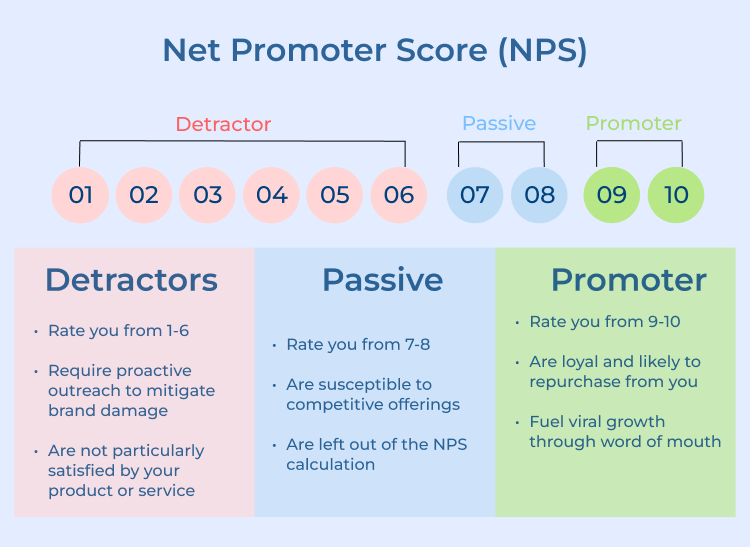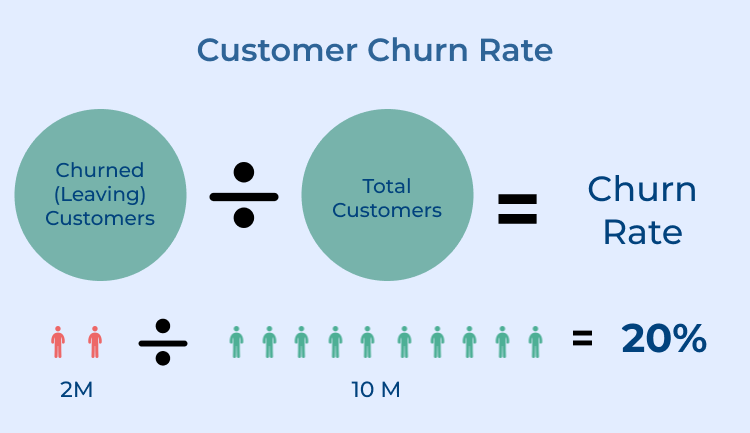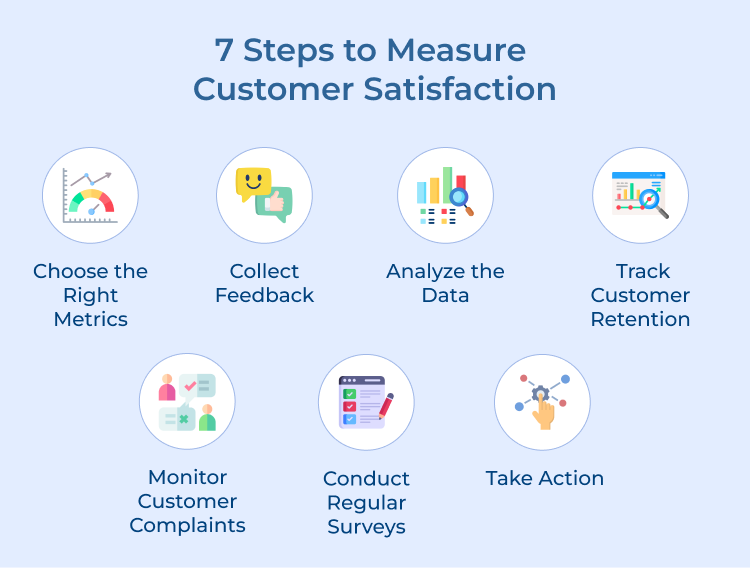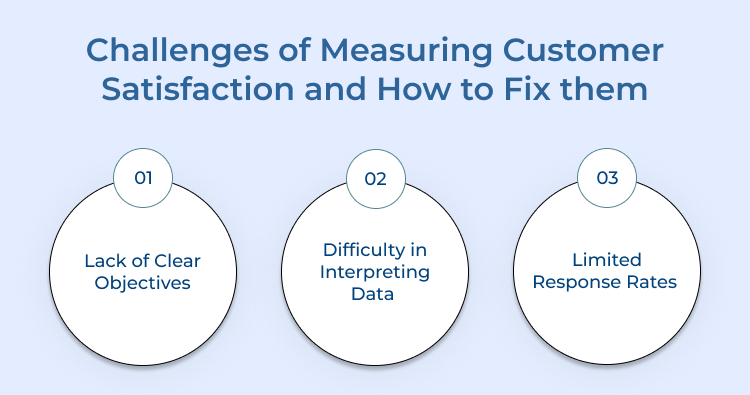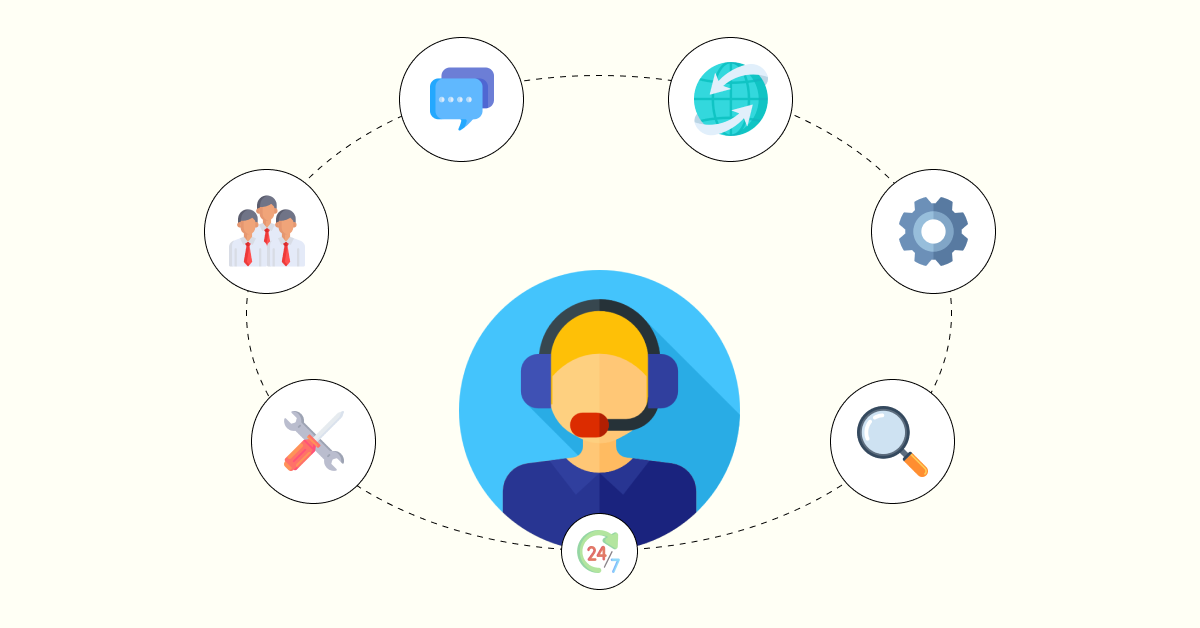1. Choose the Right Metrics
Before you can measure customer satisfaction, you need to decide on the metrics you will use to gauge customer sentiment. Common metrics used to measure customer satisfaction include Net Promoter Score (NPS), Customer Satisfaction Score (CSAT) and Customer Effort Score (CES).
Consider using a combination of quantitative and qualitative metrics to get a comprehensive view of customer satisfaction. While quantitative data can provide numerical insights, qualitative data from sources like customer comments and reviews can offer more nuanced feedback.
2. Collect Feedback
Gauge customer satisfaction by collecting feedback from your customers. Use technology to automate feedback collection processes, such as setting up email surveys or implementing chatbots on your website.
Automation can streamline the feedback collection process and make it easier for customers to share their thoughts. Make sure to ask specific questions related to their experience with your product or service and what could be improved.
3. Analyze the Data
Once you have collected feedback from customers, it’s important to analyze the data to identify patterns or trends. Look for patterns and trends in the data to identify areas of strength and weakness in your customer satisfaction strategies. Analyzing data over time can help you track progress and measure the impact of any changes or initiatives.
Consider conducting sentiment analysis on customer feedback to understand the emotional context behind their responses. Sentiment analysis can help you uncover underlying customer sentiments and attitudes that may not be immediately apparent from numerical data.
4. Track Customer Retention
Customer retention is a key indicator of customer satisfaction. By tracking customer retention rates over time, you can see if your efforts to improve customer satisfaction are making an impact. Identify key factors that contribute to customer retention, such as personalized communication, exceptional customer service, and loyalty programs.
Focusing on these factors, you can enhance the overall customer experience and increase retention rates. A high customer retention rate is a good sign that customers are happy with your products or services.
5. Monitor Customer Complaints
Monitoring customer complaints is another way to measure customer satisfaction. Keep track of any complaints raised by customers and analyze them to identify areas that need improvement.
Follow up with customers after resolving their complaints to ensure satisfaction. By closing the loop with customers, you can demonstrate your commitment to customer service and show that you value their feedback.
6. Conduct Regular Surveys
To continuously measure customer satisfaction, it’s important to conduct regular surveys and collect feedback from customers. It can be done at various touch points throughout the customer journey, such as after a purchase or interaction with customer service.
Regularly analyze survey results and identify trends over time. By tracking changes in customer satisfaction levels, you can make informed decisions to enhance the customer experience and drive business growth.
7. Take Action
Once you have measured customer satisfaction and identified problem areas, it’s important to take action. Use the feedback collected to make changes to your products or services, address customer concerns.
Continuously monitor and evaluate the impact of your actions on customer satisfaction metrics. By measuring the effectiveness of your initiatives, you can make data-driven decisions to optimize the customer experience and achieve long-term success.
Challenges of Measuring Customer Satisfaction and How to Fix Them
Measuring customer satisfaction can be challenging to accurately gauge how satisfied customers are with your products or services.
